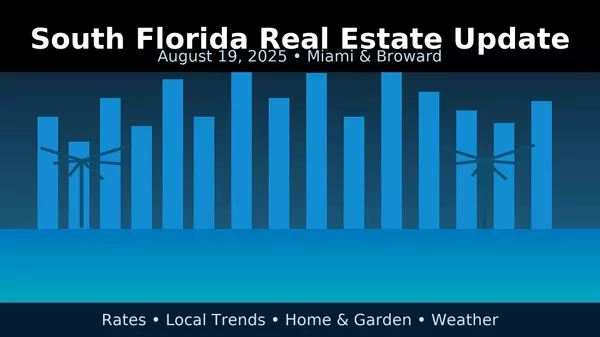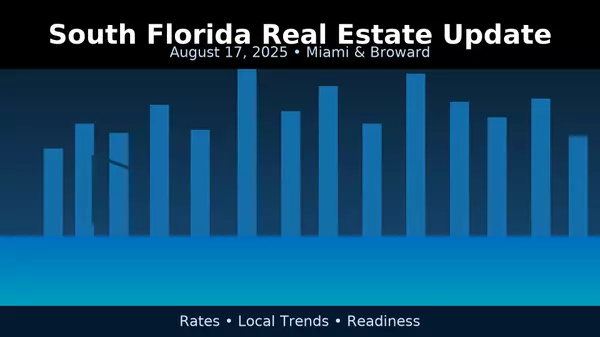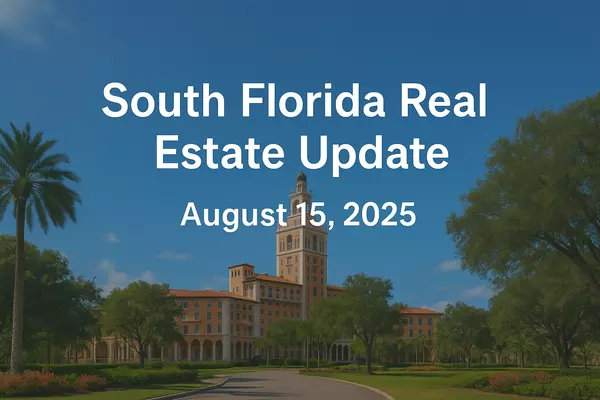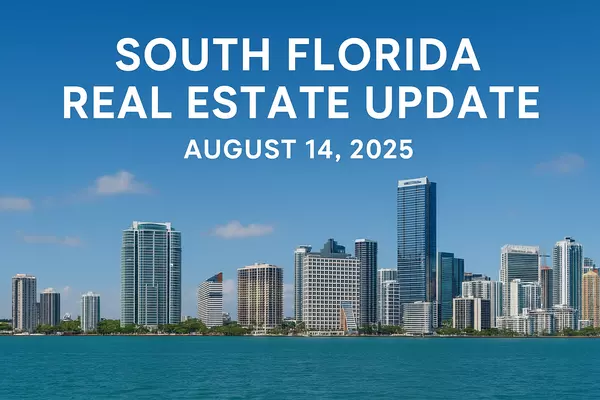The Great Migration: New Yorkers and Californians Heading for the Sunshine State

The state of Florida, specifically cities like Miami, Orlando, and Tampa, has witnessed a significant influx of residents from New York and California over recent years. This trend has been fueled by various factors, including favorable tax laws, a booming real estate market, a lower cost of living, and the allure of year-round sunshine. This article explores the causes and implications of this migration trend, with a particular focus on its impact on the Floridian real estate landscape.
Factors Driving Migration
Migration trends from states like New York and California to Florida are multifaceted, influenced by various interrelated factors, including financial benefits, changes in lifestyle, and shifts in work culture.
1. Favorable Tax Environment Florida's attractive tax laws are a significant pull factor for individuals and businesses alike. The state is one of only nine in the US that does not levy an individual income tax, compared to California's 13.3% and New York's 8.82% top marginal income tax rate. This difference can translate into substantial savings, especially for high-income earners. According to a report by Bloomberg, a New Yorker earning $1 million could save $96,000 per year by moving to Florida. Furthermore, Florida also has a lower sales tax rate than both California and New York. These financial advantages have prompted a sizable portion of the migration from high-tax states to Florida.
2. Real Estate and Cost of Living :The high cost of living in states like New York and California, compared to Florida, is another significant factor driving this migration trend. The median home cost in San Francisco, for instance, is $1.3 million, whereas in Miami, it's around $350,000. According to the US Census Bureau, Florida's homeownership rate stood at 65.4% in 2020, higher than both California's 55.8% and New York's 53.8%. Lower property prices allow more people to afford homes, attracting both young professionals starting their careers and retirees looking for a cost-effective place to spend their golden years.
3. Climate and Lifestyle: Beyond the financial aspects, the subtropical climate and lifestyle of Florida are massive draws for those migrating from other states. The Sunshine State offers over 660 miles of beaches, numerous state parks, and an outdoor lifestyle that is viable year-round due to its warm climate. This contrasts with New York's harsh winters and California's wildfire seasons, which have grown more severe and lengthy in recent years due to climate change.
4. Remote Work:The COVID-19 pandemic and the subsequent shift towards remote work have allowed more people to choose where they live independent of their workplace. This has enabled many individuals from states like New York and California to relocate to Florida without changing their jobs. A PwC survey showed that 83% of employers now say the shift to remote work has been successful for their company, suggesting that this trend may persist post-pandemic, further fueling the migration trend.
By taking these factors into account, it's clear to see why many people are choosing to leave the high-cost, high-tax states of New York and California for the financial, lifestyle, and climatic benefits that Florida offers.
Implications of the Migration Trend
As more people move from states like New York and California to Florida, significant implications emerge on multiple levels, affecting housing markets, infrastructure, economies, and even political landscapes.
1. Housing Market Impact : The surge in demand for Florida properties has led to a dynamic real estate market. According to a report by Florida Realtors, the median price for a single-family home increased by 18.2% year-over-year as of July 2022. This growth trend is likely to continue as long as the migration influx persists. However, while it benefits current homeowners who see their property values rise, it also raises concerns about affordability for local residents and newcomers alike.
2. Infrastructure and Resources : The population influx also puts pressure on Florida's infrastructure and resources. From roads and schools to healthcare and public services, the demand for these facilities is rising. The state needs to invest in infrastructural improvements to sustain the growing population, which could challenge the low-tax environment in the long run.
3. Economic Impact :The economic consequences of this migration trend are a mixed bag. On the one hand, the influx of wealthier residents and businesses relocating to the state can stimulate the economy, create jobs, and broaden the tax base. On the other hand, a shift in the socio-economic dynamics can also lead to increased wealth inequality, gentrification, and a higher cost of living.
4. Political Consequences : Florida's political landscape could also shift due to this migration. As people move from traditionally blue states like California and New York, they carry their political ideologies with them, potentially influencing Florida's traditionally swing state status.
In conclusion, the persistent migration to Miami, spurred by the remote work revolution and other factors, can be a double-edged sword. While it presents opportunities for economic growth and development, it also poses challenges that need to be addressed proactively. As the trend continues, it's clear that it will significantly shape Miami's real estate landscape in the years to come.
See All Homes For Sale In Miami https://www.williamgartinrealestate.com/miami
Categories
Recent Posts










